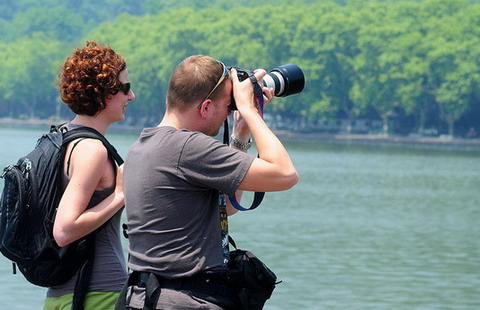Latin America on Japan's radar
By Cai Hong (China Daily) Updated: 2014-07-30 07:52Abe is the first leader of his country to visit the region in a decade and is aiming to secure energy resources, business deals and political support
Different from his predecessors, Japanese Prime Minister Shinzo Abe has been conducting his diplomacy with a high profile since taking office for the second time in December 2012.
Now, hard on the heels of Chinese President Xi Jinping's visit to Brazil, Argentina, Venezuela and Cuba, Abe too has flown to Latin America and the Caribbean, accompanied by a big group of corporate executives such as Sadayuki Sakakibara, chief of Keidanren, the nation's biggest business lobby group.
The tour - his second in the southern hemisphere in July - will take him and his entourage to Mexico, Trinidad and Tobago, Colombia, Chile and Brazil from July 25 through August 4.
Abe is hoping his trip will garner economic gains and strategic resources, and help boost Japan's security profile.
Despite Abe's ambitious attempts to breathe life back into the Japanese economy through a combination of monetary and fiscal policies and structural reforms, his plans have stumbled as a result of high energy costs, which have pushed up electricity prices and reduced Japan's industrial competitiveness.
With Japan's nuclear plants still mothballed after the disaster at the Fukushima nuclear plant in 2011, and Malaysia and Indonesia - two of Japan's largest energy suppliers - facing declining output and diverting supplies to their domestic markets, securing alternative energy sources is a priority for policymakers in Tokyo.
Mexico, the first stop on Abe's tour, is rich in oil and shale gas, and Abe has secured several energy deals including one between Pemex, Mexico's state-owned oil company, and Japan's development bank, and another between Pemex and the Japan Oil, Gas and Metals National Corporation.











